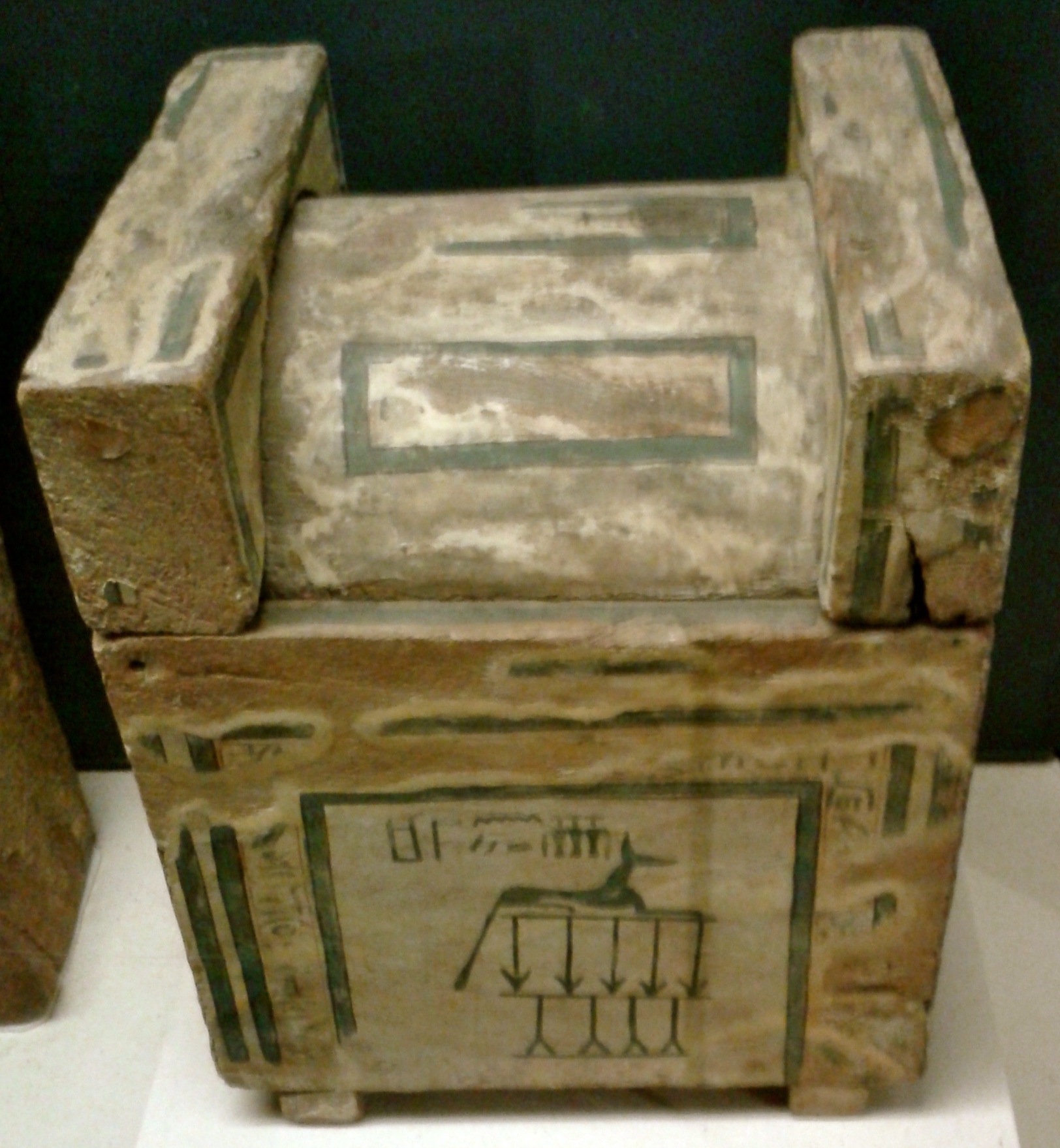Sekhemre-Wepmaat Intef on:
[Wikipedia]
[Google]
[Amazon]
Sekhemre-Wepmaat Intef-Aa (sometimes Intef V) was an Ancient Egyptian

Sekhemre Wepmaat
s titulary {{DEFAULTSORT:Intef 06 16th-century BC Pharaohs Pharaohs of the Seventeenth Dynasty of Egypt
pharaoh
Pharaoh (, ; Egyptian: ''pr ꜥꜣ''; cop, , Pǝrro; Biblical Hebrew: ''Parʿō'') is the vernacular term often used by modern authors for the kings of ancient Egypt who ruled as monarchs from the First Dynasty (c. 3150 BC) until the an ...
of the 17th Dynasty of Egypt, who lived late during the Second Intermediate Period
The Second Intermediate Period marks a period when ancient Egypt fell into disarray for a second time, between the end of the Middle Kingdom and the start of the New Kingdom. The concept of a "Second Intermediate Period" was coined in 1942 by ...
, when Egypt was divided into two by Hyksos
Hyksos (; Egyptian '' ḥqꜣ(w)- ḫꜣswt'', Egyptological pronunciation: ''hekau khasut'', "ruler(s) of foreign lands") is a term which, in modern Egyptology, designates the kings of the Fifteenth Dynasty of Egypt (fl. c. 1650–1550 BC).
T ...
controlled Lower Egypt
Lower Egypt ( ar, مصر السفلى '; ) is the northernmost region of Egypt, which consists of the fertile Nile Delta between Upper Egypt and the Mediterranean Sea, from El Aiyat, south of modern-day Cairo, and Dahshur. Historically, ...
and Theban ruled Upper Egypt
Upper Egypt ( ar, صعيد مصر ', shortened to , , locally: ; ) is the southern portion of Egypt and is composed of the lands on both sides of the Nile that extend upriver from Lower Egypt in the north to Nubia in the south.
In ancient ...
.
Biography
Sekhemre-Wepmaat Intef is sometimes referred to as Intef V,Lehner, Mark. ''The Complete Pyramids''. Thames & Hudson. 2008 (reprint). and sometimes as Intef VI. His nomen, ''Intef-Aa'', translates as "His father brought him, the great" or "Intef, the great." His name may also render as Inyotef-aa. He ruled from Thebes and was probably buried in a tomb in the necropolis.Family
It is assumed that Sekhemre-Wepmaat Intef-aa and Nubkheperre Intef were brothers, due to the inscription of Nubkheperre on the coffin of Intef-aa. Furthermore, it is assumed that Nubkheperre, and also Intef-aa, were sons of a king called Sobekemsaf, based on an inscription from a doorjamb from a 17th Dynasty temple at Gebel Antef. Two kings named Sobekemsaf are known,Sobekemsaf I
Sobekemsaf ''(sbk-m-z3=f;'' “Sobek is his protection”) is an ancient Egyptian theophoric name, popular during the Second Intermediate Period (mainly in the 17th Dynasty
The Seventeenth Dynasty of Egypt (notated Dynasty XVII, alternatively 17 ...
and Sobekemsaf II
Sobekemsaf ''(sbk-m-z3=f;'' “Sobek is his protection”) is an ancient Egyptian theophoric name, popular during the Second Intermediate Period (mainly in the 17th Dynasty). Although it is grammatically masculine, it was also used for women; it w ...
, and it is believed that the doorjamb
A jamb (from French ''jambe'', "leg"), in architecture, is the side-post or lining of a doorway or other aperture. The jambs of a window outside the frame are called “reveals.” Small shafts to doors and windows with caps and bases are know ...
refers to Sekhemre Shedtawy Sobekemsaf (Sobekemsaf II
Sobekemsaf ''(sbk-m-z3=f;'' “Sobek is his protection”) is an ancient Egyptian theophoric name, popular during the Second Intermediate Period (mainly in the 17th Dynasty). Although it is grammatically masculine, it was also used for women; it w ...
.

Burial
Pyramid
AtDra Abu el-Naga
The necropolis of Draʻ Abu el-Naga' ( ar, دراع ابو النجا) is located on the West Bank of the Nile at Thebes, Egypt, just by the entrance of the dry bay that leads up to Deir el-Bahari and north of the necropolis of el-Assasif. The n ...
, the small Pyramid of Intef-aa has not been located. The Pyramidion of Intef-aa was found inscribed with the king's name and had a slope of 60 degrees. The pyramidion is now in the British Museum (BM EA 478). The pyramid tomb of his brother Nubkheperre Intef was found in 2001.
Coffin and burial equipment
The Coffin of Intef-aa (Louvre E 3019) was arishi coffin
Rishi coffins are funerary coffins adorned with a feather design, which were used in Ancient Egypt. They are typical of the Egyptian Second Intermediate Period, circa 1650 to 1550 BC. The name comes from ريشة (''risha''), Arabic for "feathe ...
discovered in the 19th century by inhabitants a Kurna
Kurna (also Gourna, Gurna, Qurna, Qurnah or Qurneh; ar, القرنة) are various spelling for a group of three closely related villages (New Qurna, Qurna and Sheikh ‘Adb el-Qurna) located on the West Bank of the River Nile opposite the moder ...
. The coffin preserved an inscription which reveals that this king's brother Nubkheperre Intef buried – and thus succeeded – him. The Canopic Chest of Intef-aa was also found. The Priesse Papyrus was found inside the rishi coffin.
References
External links
Sekhemre Wepmaat
s titulary {{DEFAULTSORT:Intef 06 16th-century BC Pharaohs Pharaohs of the Seventeenth Dynasty of Egypt